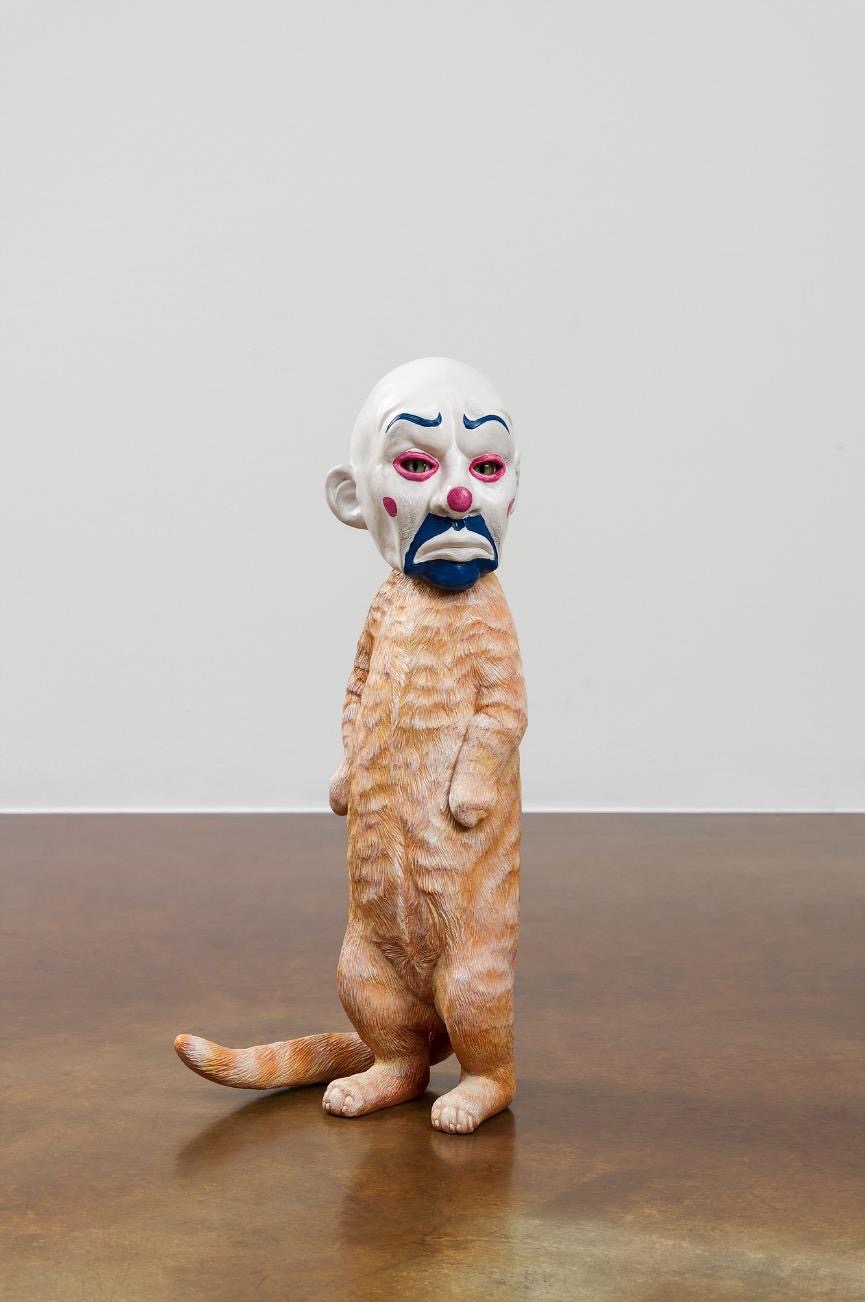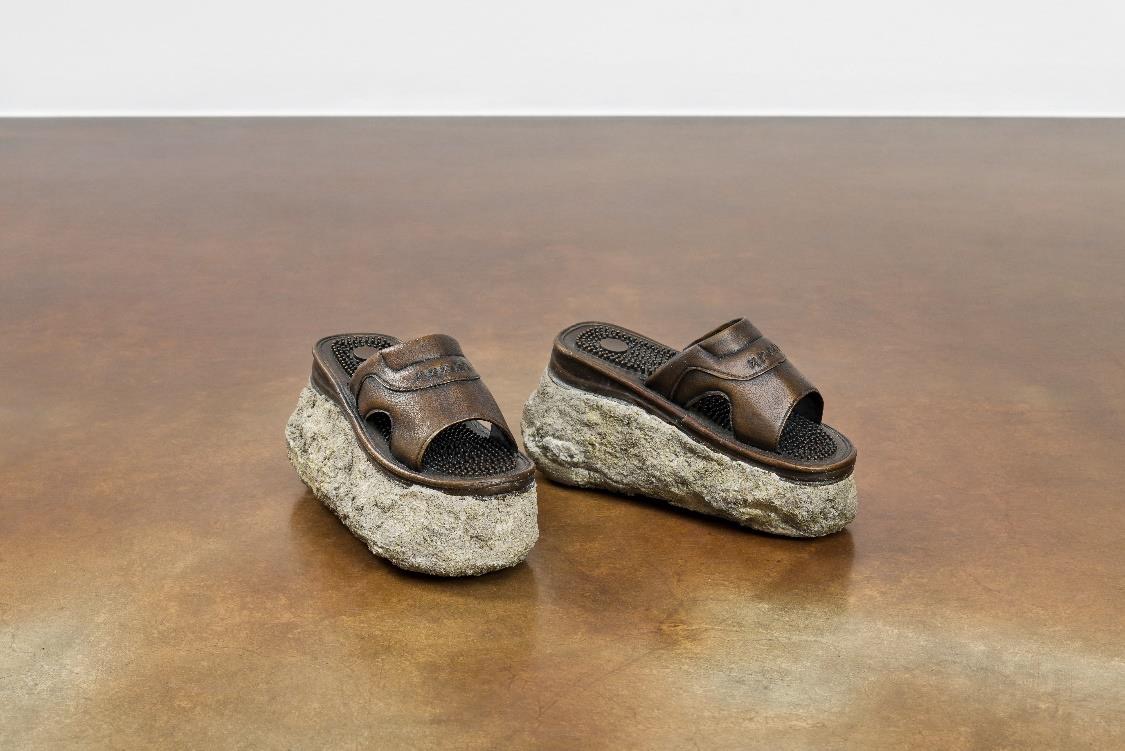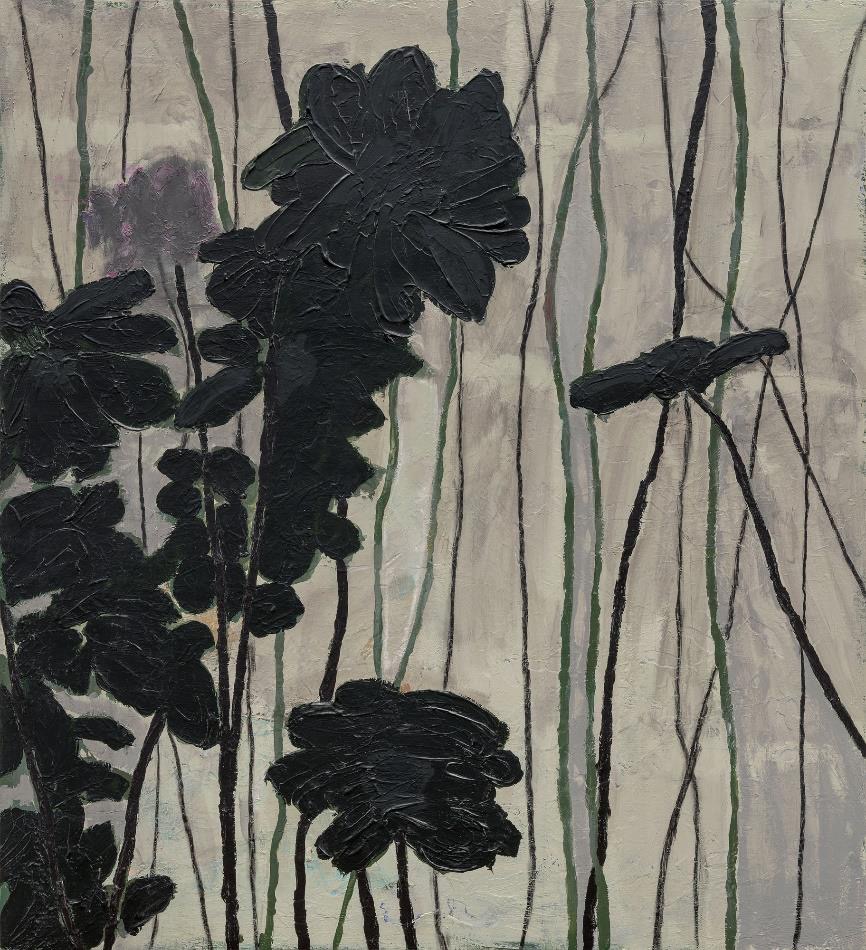
| Period| | 2024.02.01 - 2024.03.03 |
|---|---|
| Operating hours| | Mon-Sat: 10:00 - 18:00 Sun, National holidays 10:00 - 17:00 |
| Space| | Kukje Gallery/Seoul |
| Address| | 54, Samcheong-ro, Jongno-gu, Seoul, Republic of Korea |
| Closed| | Open throughout the year |
| Price| | Free |
| Phone| | 02-735-8449 |
| Web site| | 홈페이지 바로가기 |
| Artist| |
|
정보수정요청



|
|
Exhibition Information




The entangled world is a pivotal point for the crucial action of escaping binary thinking. Perhaps the current modernity is an entanglement of everything. – Gimhongsok Kukje Gallery is pleased to present Normal order aimed at failure, the gallery’s first program of the year, dedicated to the Korean contemporary artist Gimhongsok across its K2 and K3 spaces. Gim, who has worked across a wide variety of forms and mediums for the past two decades, explores the gray area of perceived social order, probing the tension between Western modernity observed in social, cultural, political, and artistic practices, and the independent resistance of the non-West. This exhibition allows the artist to expand upon this ongoing critique using a conceptual framework he refers to as “entanglement.” While the political, economic, and philosophical systems of the non-West, under the pressure to learn and imitate Western modernity, sought to proclaim their own subjectivity through concepts of hybridity and chaos, they would often get lost in the border space. Falling short of a practical alternative, the concept of the border once again became trapped in a modernist mindset. The direction of art found in our contemporary society points toward a clash between immensity and triviality. While capital may seem triumphant in this structure of binary opposition, we already know that it’s not the source of a true resolution. We can’t declare capital and finance as the victors of Western modernity, but neither can we deny the fact that art remains under the powerful influence of these forces. The failure of post-structuralist theories of “deconstruction” in real life affirms this observation. Still, the sensibility of entanglement, found not in binary opposition, but in contemporaneity, may offer a new alternative to this problem. Perhaps the notion of entanglement holds the potential to transform existing perceptions—namely, those of beauty, completeness, propriety, and the definition of human. Might we envision, through the conceptual aid of entanglement, a different world with new possibilities? Installed on the first floor of K2 are a selection of works that challenge existing norms and expectations—qualities, as perceived by the artist, that are internalized by the public through education. Sculptures that are assembled in this space challenge the viewer to confront pre-existing biases, suggesting that even autonomous, aestheticized objects may exist in a deeper entangled framework of meaning. Upon encountering the exhibition space, the viewer is greeted by a sculpture donning the face of a joker and the body of a cat; instantly confused, one is unable to determine whether the joker is wearing the fur of a cat or if the cat is wearing the head-mask of the joker. Likewise, a pair of high heel-like slippers remain exposed on the floor, refusing to provide definitive answers regarding the value and purpose of their existence. Alongside these structures lie a series of flame sculptures that have been distilled into simplified forms and palettes reminiscent of pictograms, blurring the boundaries between two- and three-dimensional realities. The hands that lift up the stone and the carpet laid across the floor demonstrate a physical conundrum that further destabilizes the concept of materiality in sculpture. What belies the hyper-realistic stone, hands, and carpet, are the materials that contradict the visual appearance of each work. The stone, often perceived as a heavy substance, is realized in lightweight resin; conversely, the expectation of relative lightness associated with the carpet is once again overturned when one discerns that it has been cast in bronze. The contradicting pairs of the real and the unreal, the normal and the abnormal, and the right and the wrong ultimately represent what Gim sees as “true contemporaneity.” Amidst the entanglement and confusion exists a complete sense of freedom, unshackled by any preexisting laws or universalized concepts. The second floor of K2 reveals a group of paintings titled Four Gracious Plants, followed by other works founded on natural motifs such as lotus flowers, bamboo, and miscellaneous trees. While the artist initially hints at cultural continuity by depicting the four iconic plants that construct Gunja (a symbol for a noble man in Confucianism), he renders the images in thick modeling paste instead of ink, replacing the Gunja philosophy with ideas of Western modernism and demonstrating the schizophrenic materiality of modern Asian culture. Attempting to escape the cliché paradigms of Oriental painting, Gim deliberately chooses to use acrylic paint and canvas, two of the most commonly used materials in Western painting, to underline the overall theme of the exhibition, the “liberation from fixed concepts.” Stereotypical symbols of Asian culture exposed in Gim’s other paintings featuring natural motifs were also chosen less for their inherent meanings than for the compositional arrangement of the canvas. Emptied of immanence and implied meanings, only the essence remains; Gim liberates the subject while the distilled objects, depicted without any inference, are freely suspended on the canvas in service of their formal composition (proportion, balance, rhythm, unity, and visual harmony). As if to accentuate this tension between pure aesthetics and neo-liberal banality inside the gallery, a mix of generic background music commonly played in public spaces accompanies the exhibition. Since acknowledging the presence of quiet yet refined "background music" in places such as the department store during his childhood, Gim has been fascinated by how ambient music defines public spaces such as train stations, airports, and shopping malls. Such "background music" engulfs the exhibition, reaching the viewers' unconscious and ultimately leading them to perceive and experience the gallery as another public venue, rather than an exclusive gallery space. The work entitled Four Gracious Plants is my very first painting drawn from the theme of Sagunja (four gracious plants) in traditional Korean painting. While it comprises four canvases, the display in the exhibition doesn’t follow the traditional arrangement of Sagunja. Further, as mentioned earlier, I painted on canvas, not on hanji (Korean paper made from the mulberry tree). Although I will reach the age of 60 soon, I never had a chance to practice Eastern art during my early education as it was not included in the art curriculum. The West established all types of industrial and conceptual systems after the revolutions. Had it not been for a professor who posed a question that awakened my mind, I would still have been immersed in Western art. He advised me, “You need to present contemporary art with a Korean sensibility.” Yet, I wanted to focus less on the problem of Korean identity than on the role and utility of art in the face of social issues. […] In this exhibition, I hope that the space in which my work resides is no different from an underground shopping mall or an unoccupied subway station. In other words, I hope this exhibition will provide an experience that creates a fissure in the preconception of art as singular or special that might exist in the viewer’s mind. Meanwhile, K3 presents a rather amusing setting. Laying on the ground in the center—as if having fallen from the sky through the ceiling—is what appears to be a fragment of meteorite partly damaged by the forces of gravitational acceleration. Embedded within the cracks and recessions of this anonymous mass are two objects that can be identified and agreed upon under the universal sign of a “star” on Earth. Regarding this exhibition, Gim commented: “It is an artist’s responsibility to transform existing perceptions by exploring and challenging widely accepted definitions through unlimited means. This is also the answer to the question, ‘What is the role of art?’.” Like the massive object and the two signified “stars” embedded in its interior, the real and its interpretation become inextricably entangled in Gim’s oeuvre. About the Artist Born in Seoul, Korea, Gimhongsok (b. 1964) graduated from the Department of Sculpture, Seoul National University, and studied at the Kunstakademie Düsseldorf, Germany, in the 1990s. Currently a professor of Stage Art at Sangmyung University, Gim has held solo and group exhibitions at major institutions across the globe. Selected recent exhibitions include The Part In The Story Where Our Accumulating Dust Becomes A Mountain, Seoul Museum of Art, Seoul, Korea (2023); A Suit with Underwear on the Outside and a Dress with the Skirt Worn as a Hat, Space ISU, Seoul, Korea (2023); Lots of People, Children’s Gallery, Busan Museum of Art, Busan, Korea (2023); My Sleep, Culture Station Seoul 284, Seoul, Korea (2022); 2019 Title Match: Gimhongsok vs. SEO Hyun-Suk—Incomplete Ruins, Buk-Seoul Museum of Art, Seoul, Korea (2019); Culture City of East Asia 2018 Kanazawa: Altering Home, 21st Century Museum of Contemporary Art, Kanazawa, Japan (2018); The Other Face of the Moon, Asia Culture Center, Gwangju, Korea (2017); Good Labor Bad Art, PLATEAU, Samsung Museum of Art, Seoul, Korea (2013); All You Need is LOVE, Mori Art Museum, Tokyo, Japan (2013); 2012 Korea Artist Prize, National Museum of Modern and Contemporary Art, Gwacheon, Korea (2012); and Ordinary Strangers, Art Sonje Center, Seoul, Korea (2011). He has also participated in a wide range of major international exhibitions, including the Oku-Noto Triennale (2017), Nanjing International Art Festival (2016), Yokohama Triennale (2014), Gwangju Biennale (2012), Biennale de Lyon (2009), and La Biennale di Venezia (2005, 2003). Gim’s works are housed in the Museum of Fine Arts, Houston, USA; National Gallery of Canada, Ottawa, Canada; The Queensland Art Gallery (QAGOMA), Brisbane, Australia; Le Consortium, Dijon, France; Contemporary Art Museum, Kumamoto, Japan; 21st Century Museum of Contemporary Art, Kanazawa, Japan; National Museum of Modern and Contemporary Art, Korea; Seoul Museum of Art, Seoul, Korea; Gyeonggi Museum of Modern Art, Ansan, Korea; Museum of Contemporary Art Busan, Busan, Korea; and Posco Museum, Pohang, Korea
